ARCHAEOLOGICAL DISCOVERIES
Added on: 5th Apr 2015
THE BABY DISPOSAL
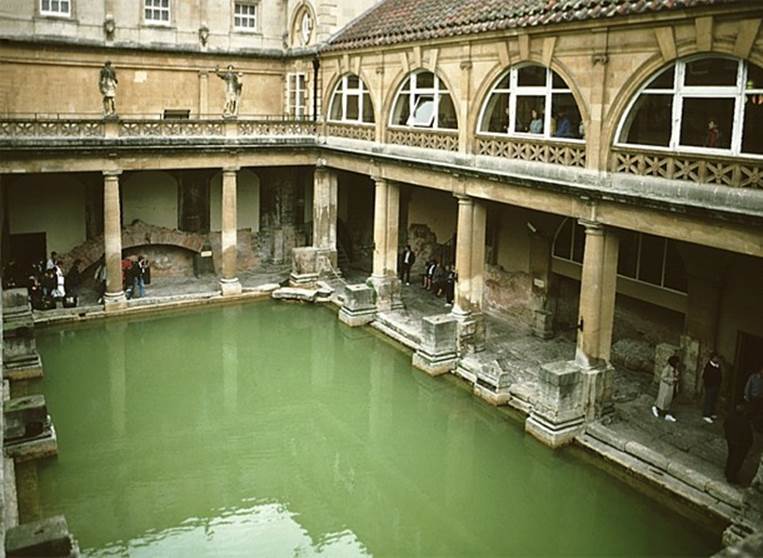
Long ago as several archaeologists were searching through the
sewers beneath a Roman/Byzantine bathhouse in Israel, they came
across something terrifying…baby bones, and lots of them. For
whatever reason someone in the bathhouse above apparently felt
compelled to dispose of hundreds of babies in the sewer below.
THE VENETIAN VAMPIRE
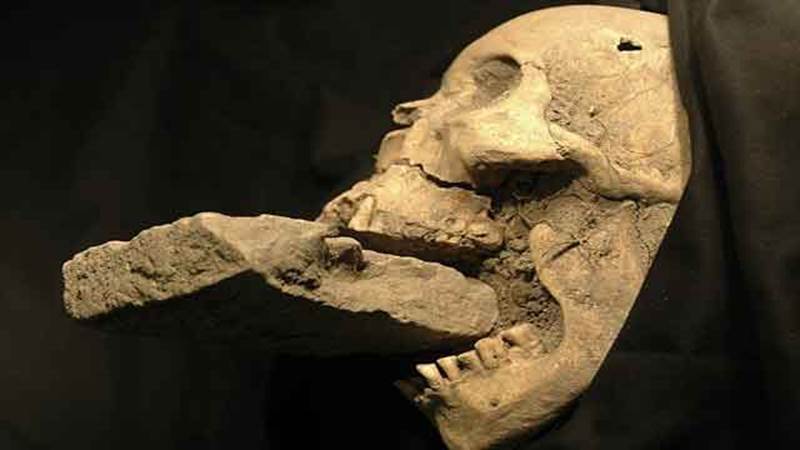
Although these days the most sure fire method used to slay a
vampire is a stake through the heart, hundreds of years ago that
was not considered sufficient. Allow us to introduce you to the
ancient alternative – the brick through the mouth. Think about it.
What’s the easiest way to keep a vampire from sucking blood? Cram his
face full of cement no doubt. The skull you are looking at here was found
by archaeologists just outside Venice in a mass grave.
AZTECS SACRIFICES
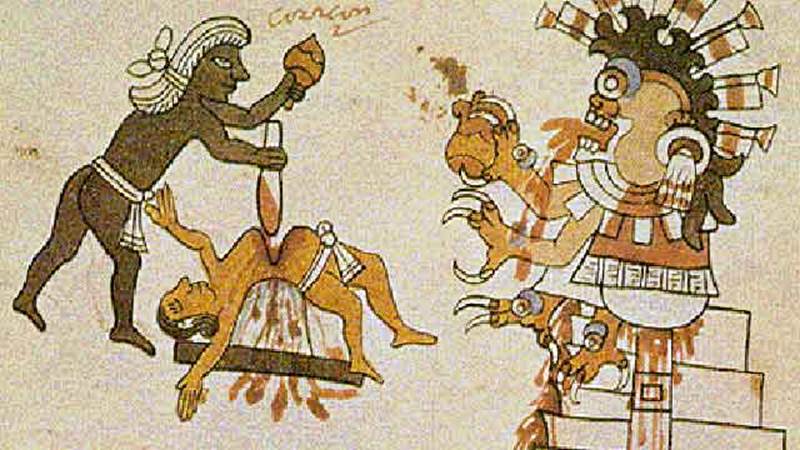
Although it has been known for years that the Aztecs hosted
numerous bloody sacrificial festivals, in 2004 a grisly discovery
was made outside of modern day Mexico City. Numerous decapitated and
mutilated bodies of both humans and animals shed some light on
just how horrific the rituals could get.
TERRA COTTA ARMY

While it may not be intense in the same way as the last few discoveries,
this vast terracotta army that was buried with Qin Shi Huang, the first
Emperor of China, is certainly intense in its own right. Apparently the
intention was for the soldiers to protect the emperor in the afterlife.
THE SCREAMING MUMMIES
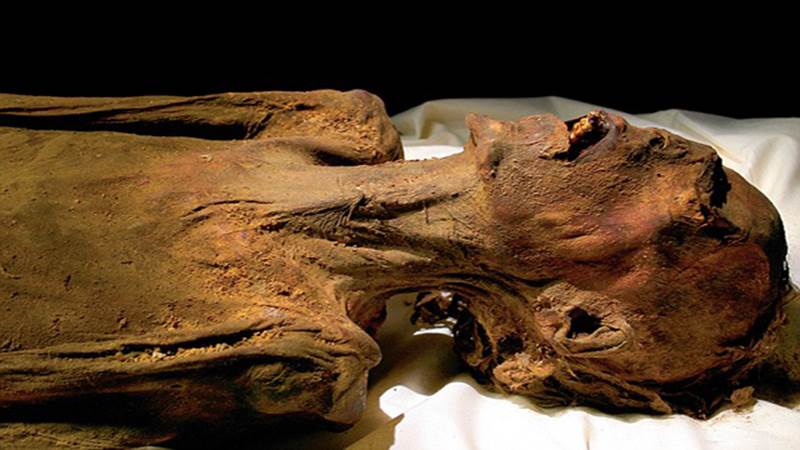
Unlike modern burials, Egyptians didn’t take into account the fact that
if you don’t strap the chin to the skull, it will fall open in a permanent
scream. Although most mummies exhibit this sort of profile, it can get
significantly more terrifying. Every once in a while archaeologists
discover mummies that seem to have truly been screaming at their
death due to some sort of ritual torture. The one above is name
Unknown Man E and was found by Gaston Masparo in 1886.
THE FIRST LEPER

Also known as Hansen’s disease, leprosy is not contagious but its
victims have often lived on the fringes of society due to extreme
disfigurement. Because Hindu tradition calls for cremation the skeleton
above, often cited as the first leper, was found buried just
outside the city limits.
ANCIENT CHEMICAL WARFARE
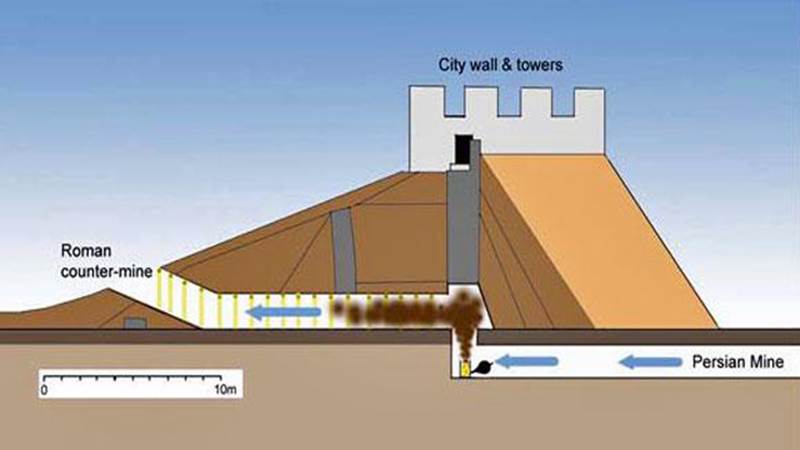
In 1933 archaeologist Robert du Mesnil du Buisson was searching
beneath the ruins of an ancient Roman/Persian battlefield when he
came across some siege tunnels that had been dug under the city.
In the tunnels he found the bodies of 19 Roman soldiers that
seemingly died while trying to desperately escape from something
and one Persian soldier clutching his chest. Apparently when the
Romans heard the Persians digging under their walls they began
digging a tunnel of their own with the idea of dropping in on the
Persians from above. The trouble for them was that the Persians
heard it and set a trap. As soon as the Roman soldiers dropped
through they were met with burning sulphur and bitumen which has
the unfortunate effect of turning to acid in your lungs.
ROSETTA STONE
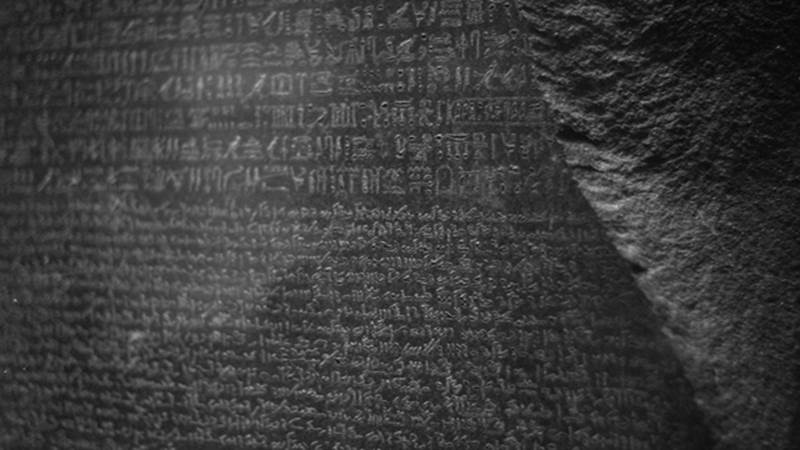
Discovered in 1799 by a French soldier sifting through the
Egyptian sand, the Rosetta Stone has been one of archaeology’s
greatest discoveries to date and the primary source for the modern
understanding of Egyptian hieroglyphs. The stone is a actually a
fragment of a larger stone that contained a decree issued by
King Ptolemy V around 200 BC with the decree inscribed in 3
languages – Egyptian hieroglyphs, Demotic script, and Ancient Greek.
DIQUIS SPHERES
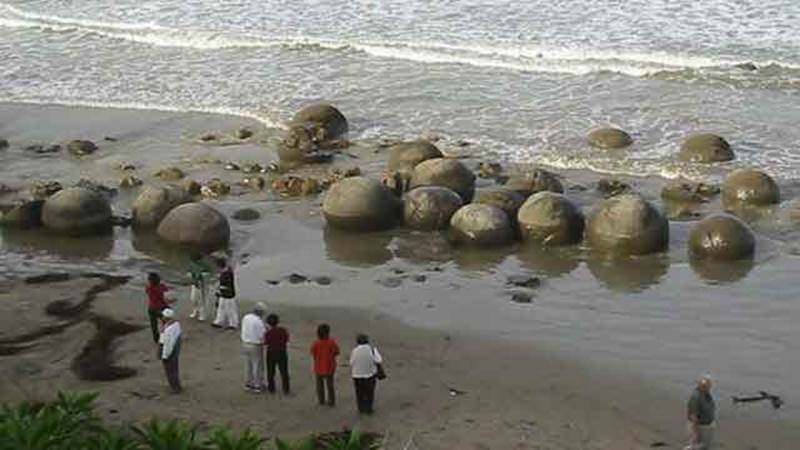
Known as the stone spheres of Costa Rica, scientists believe these nearly
perfect spheres were carved around the turn of the millennium.
Although there is much speculation as to what they may have been used
for, no one is completely sure.

Comment on this